Chapter: 9th Science : Applied Chemistry
Forensic Chemistry
Forensic
Chemistry
Forensic chemistry
applies scientific principles, techniques, and methods to the investigation of
crime. Our daily newspaper is carrying a lot of news on incidents of criminal
activities such as robbery, murder, sexual harassment, etc. How the crime
department investigate and analyse it? In real life the collection and analysis
of evidence involve painstaking care and rigorous application of scientific
principles.
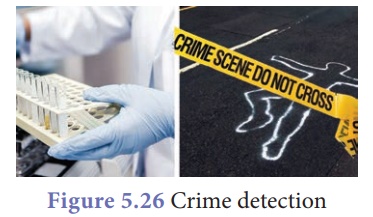
1. Forensic Chemists in Criminal Investigation
In general, forensic
chemists work in four steps in the investigation of crime.
Collection of Evidences:
They collect physical
evidences such as knife, instruments, materials, etc in a systematic way and
uncover their information using chemistry.
Analysis of evidences: In criminal cases, chemists
analyze substances such as blood and DNA to attempt to determine when and by
whom the crime was committed.
Collaboration: To solve the crime, they
discuss with other fellow investigators like police officers, detective and
other forensic scientists.
Report of findings: Finally, they prepare a
report of the conclusion of the analysis.
2. Method of Forensic Chemistry
The world of forensic
chemistry, focusing on the theory and processes of chemistry in forensic
analysis shows the role that chemistry plays in criminal investigations. The
following are some methods used in crime investigation by a forensic chemitry
lab.
Finger print: Finger print is one of
the most important evidences in crime investigation. Fingerprints on
smooth surfaces can often be made visible by the application of light or dark
powder, but fingerprints on cheque or other documents are often occult
(hidden). Occult fingerprints are sometimes made visible by the use of
ninhydrin, which turns purple due to reaction with amino acids present in
perspiration. Fingerprints or other marks are also sometimes made visible by
exposure to high-powered laser light. Cyanoacrylate ester fumes from glue are
used with fluorescent dyes to make the fingerprints visible.
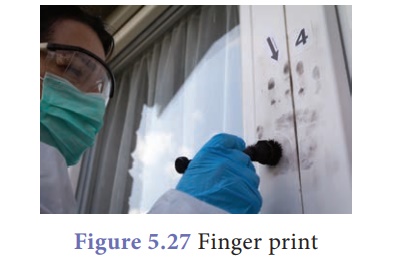
Biometrics: The science that
involves the study and analysis of human body prints is known as biometrics.
The biometric system compares the body prints to the specimen data stored in
the system to verify the identity of a person.
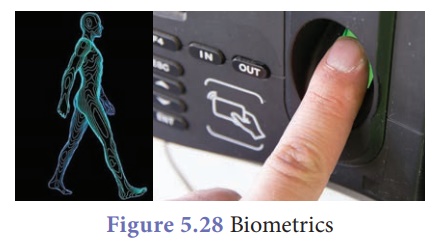
Alcohol test: Drinkers can be easily
identified by the use of applied chemistry. The person being tested
blows through a tube, which bubbles the breath through a solution of chemicals
containing sulfuric acid, potassium dichromate, water, and silver nitrate. Oxidation
of the alcohol results in the reduction of dichromate to chromic ion, with a
corresponding change in colour from orange to green. An electrical device
employing a photocell compares the colour of the test solution with a standard
solution, giving a quantitative determination of the alcohol content. The test
provides a quick and reproducible determination of the amount of alcohol in a
person's breath and is a numerical measure of the amount of alcohol in the
bloodstream.
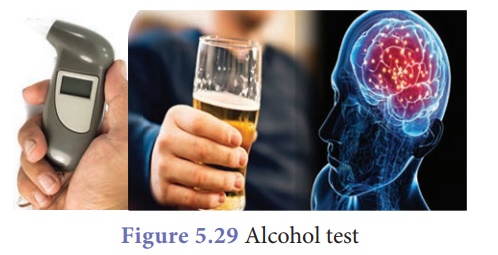
Forensic Toxicology: Toxicologists examine
a wide range of materials such as blood stains, urine, and blood gases for
traces of poisons or drugs. Even tiny samples of blood, saliva, or semen may be
separated and subjected to enzymatic analysis.
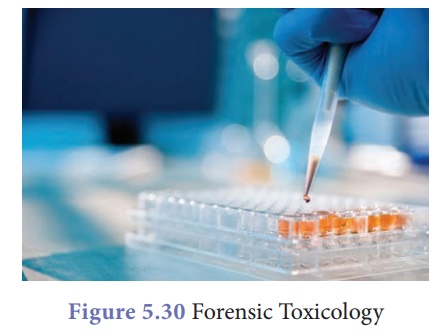
Related Topics